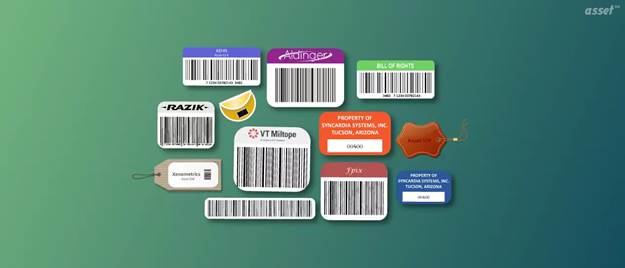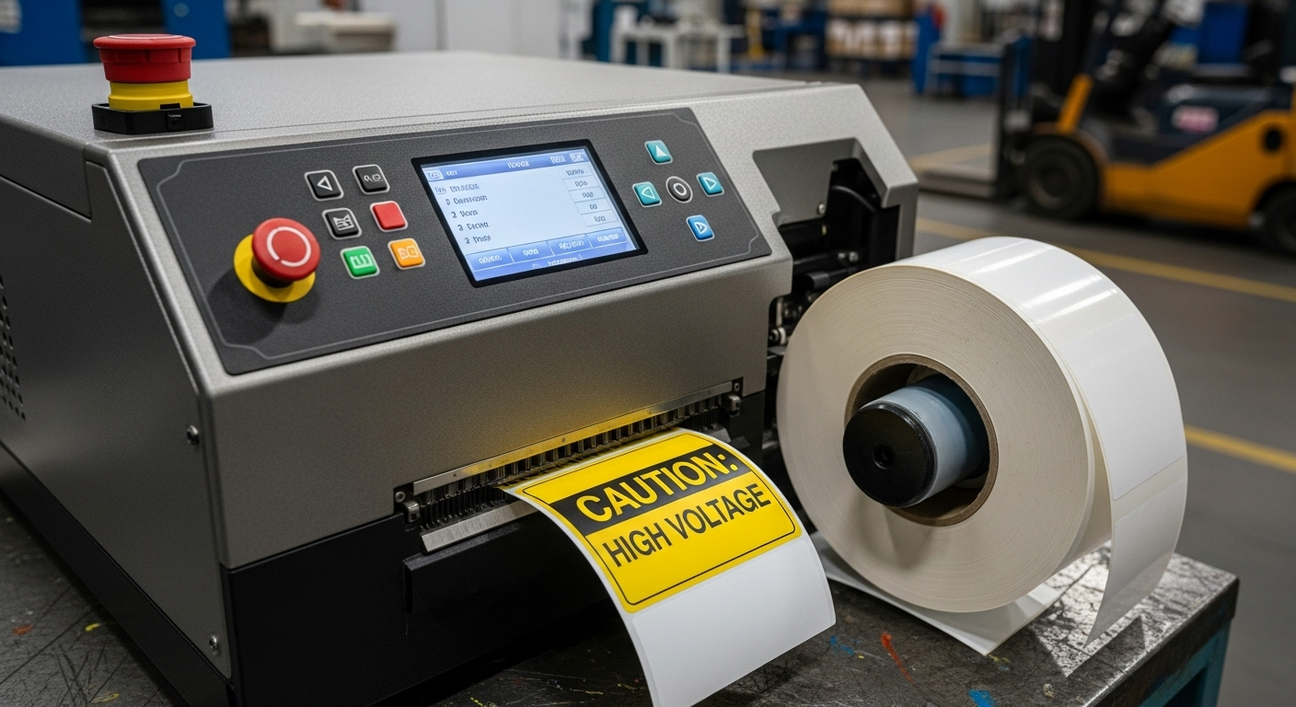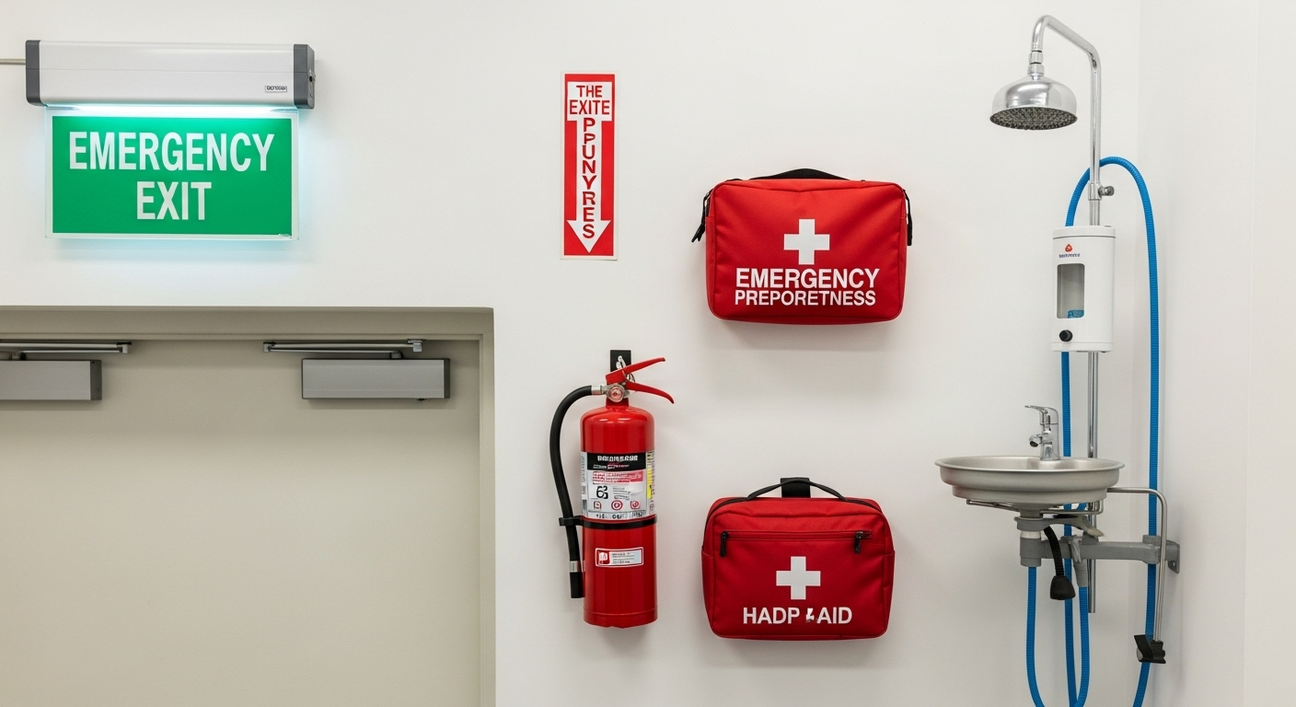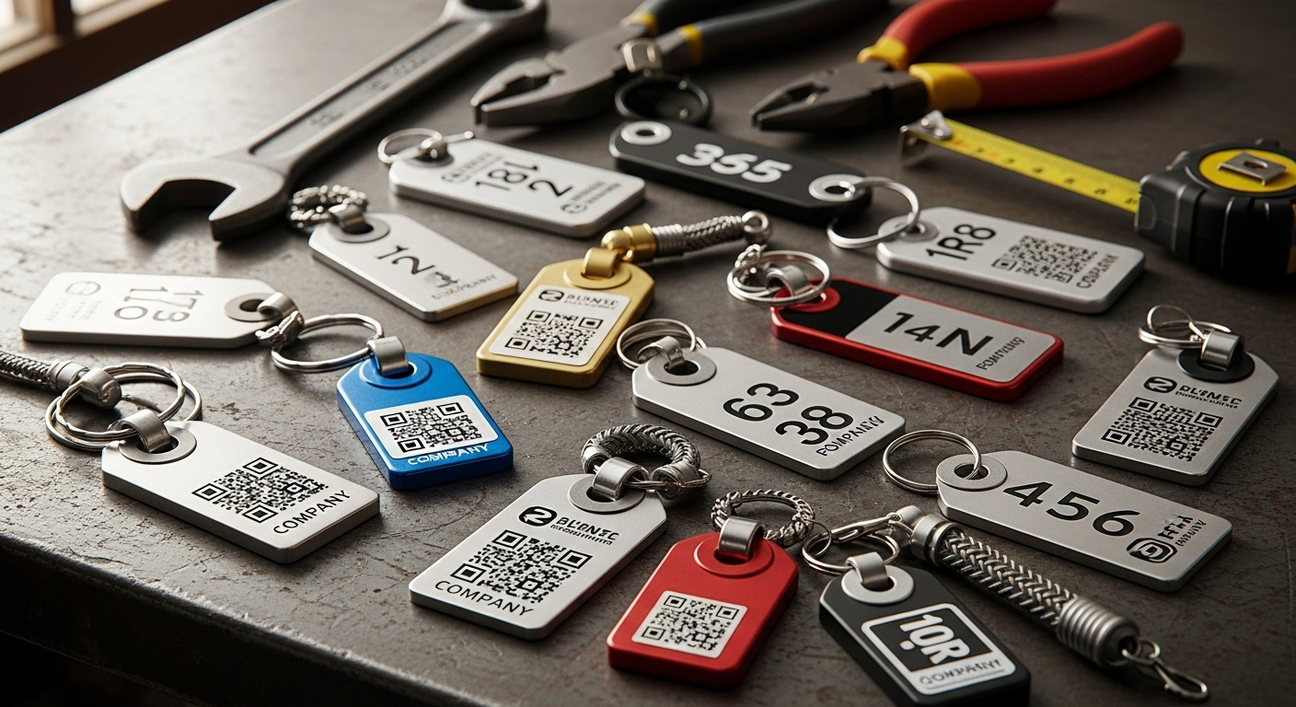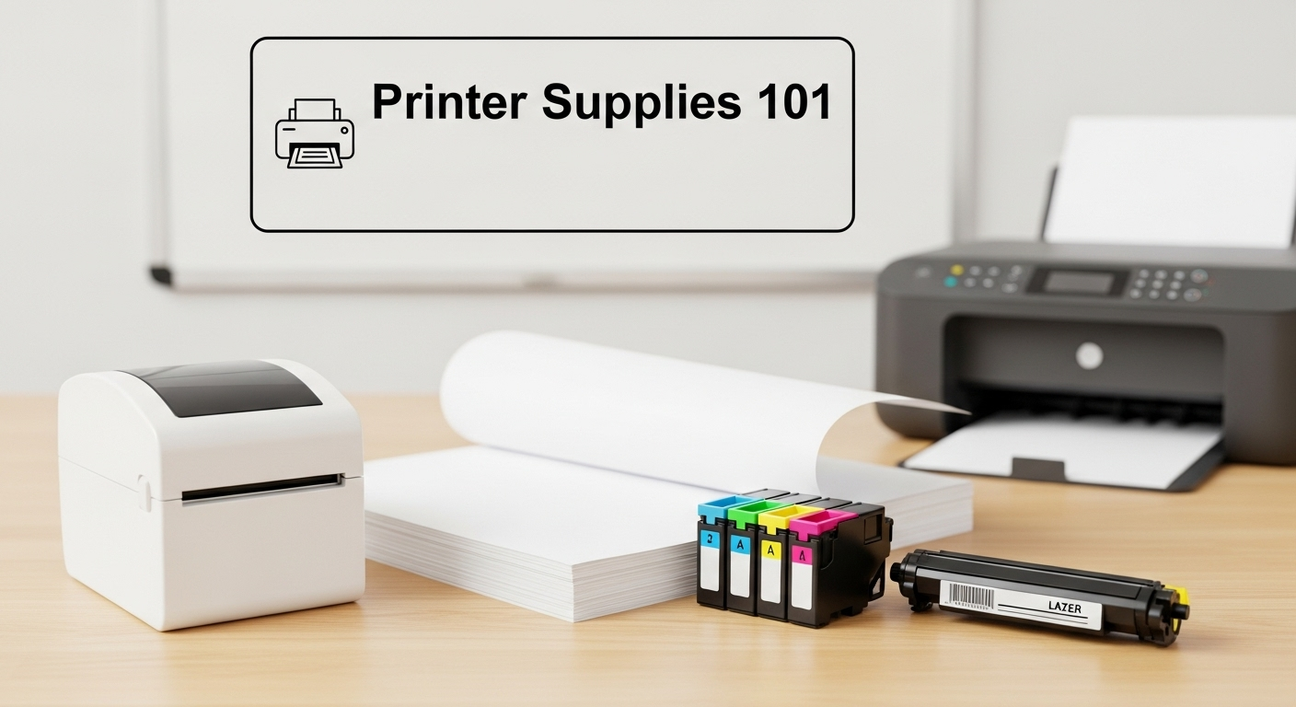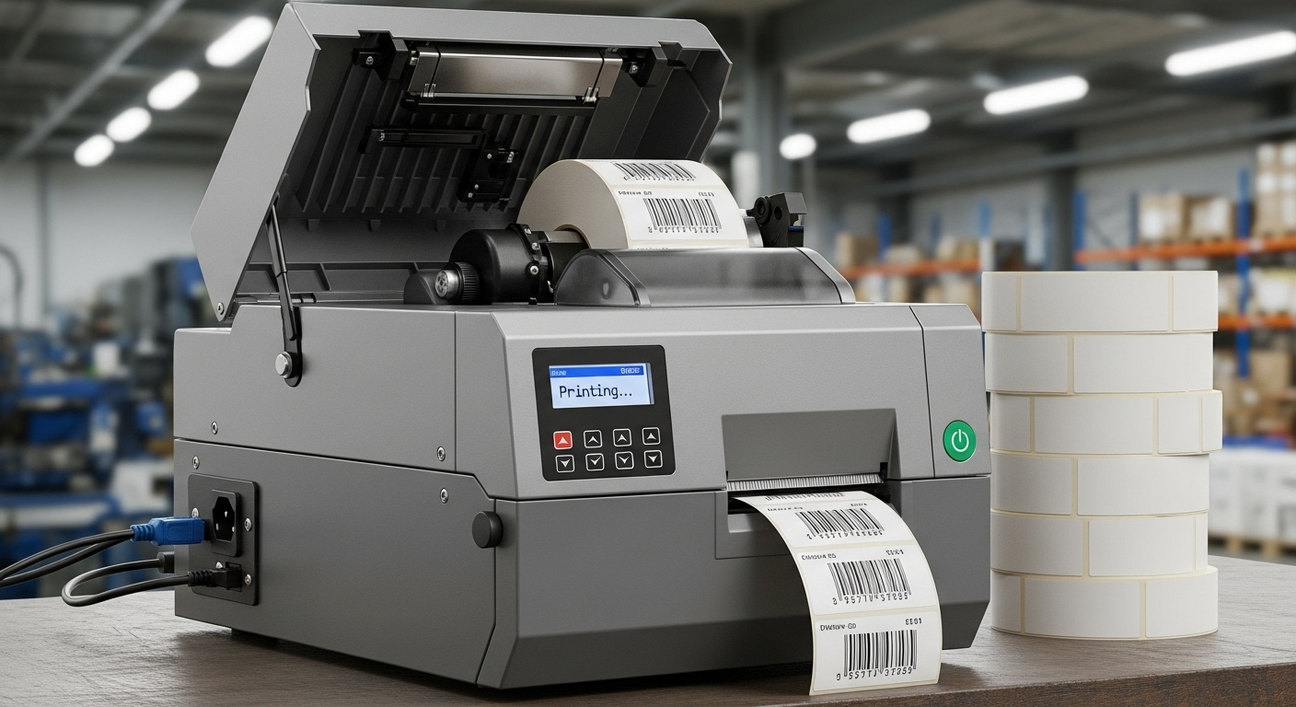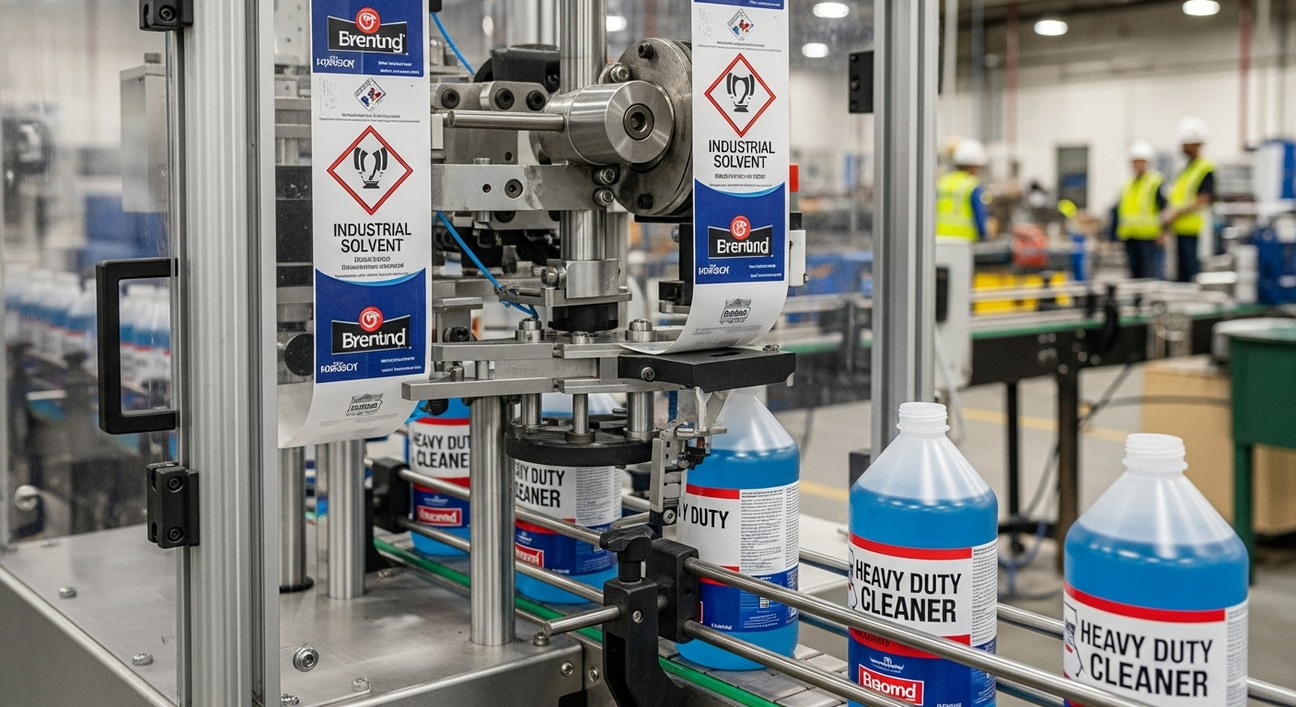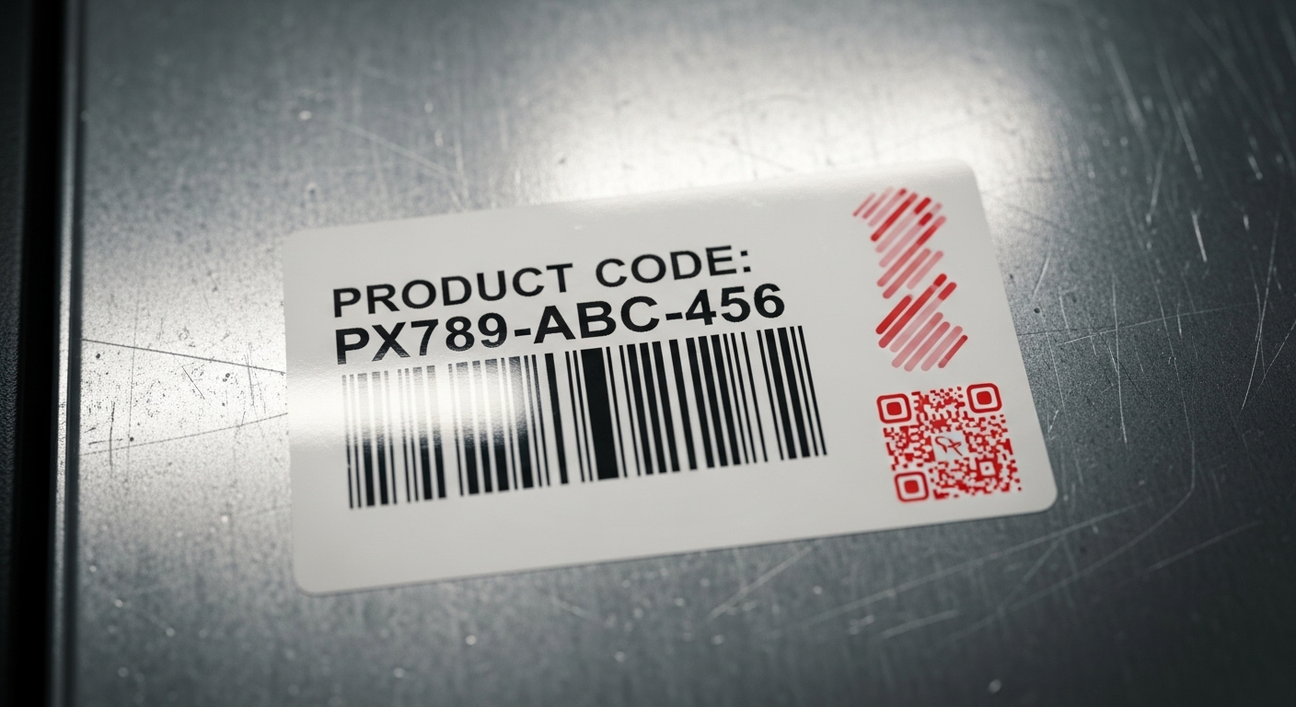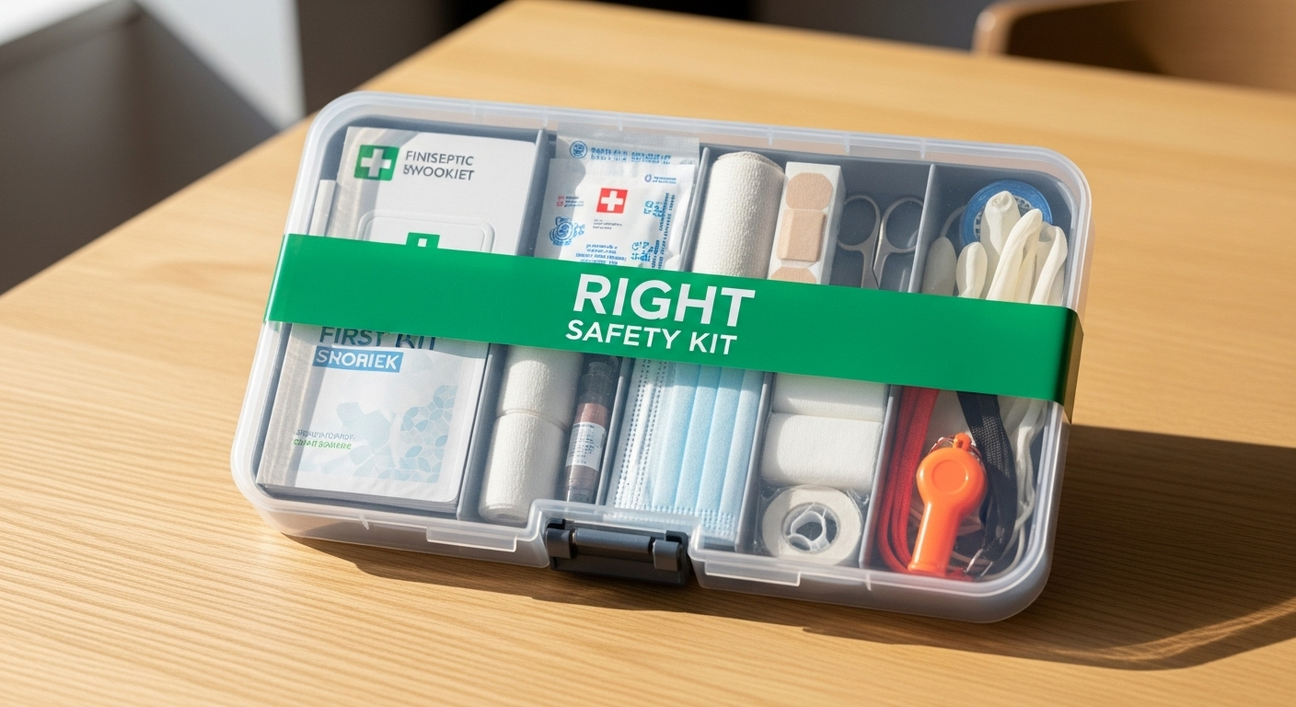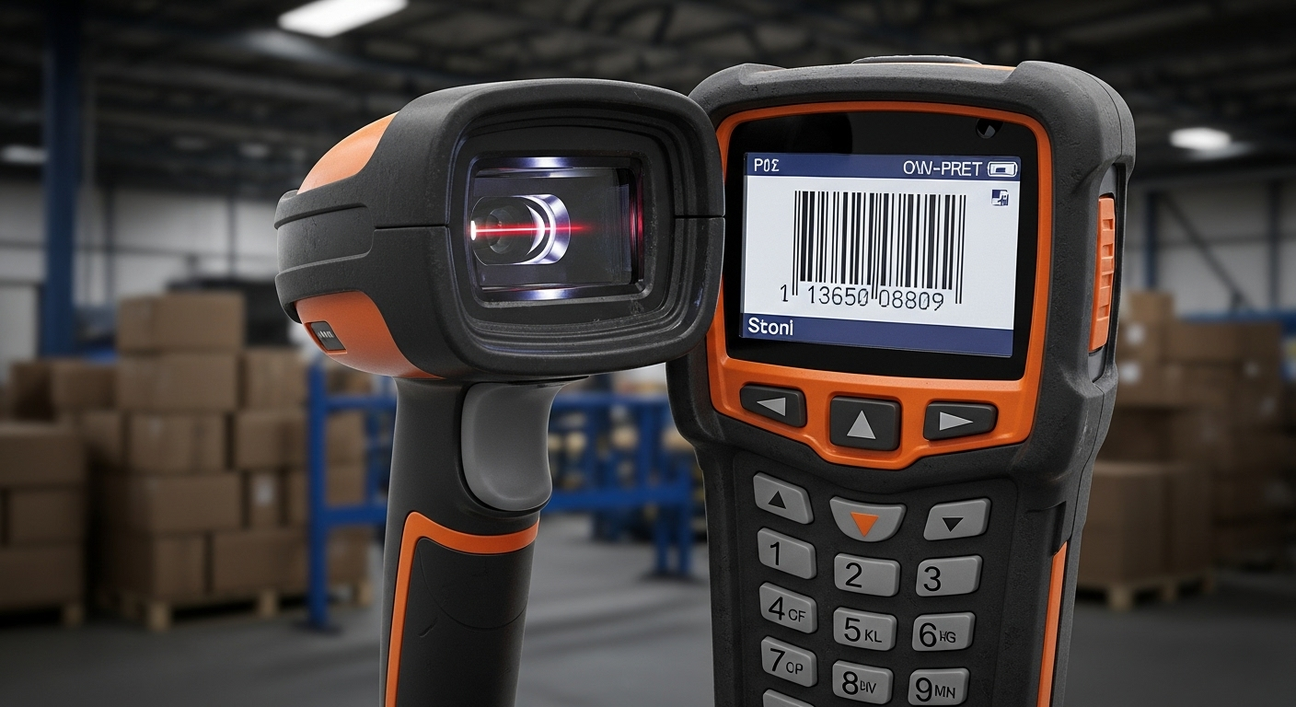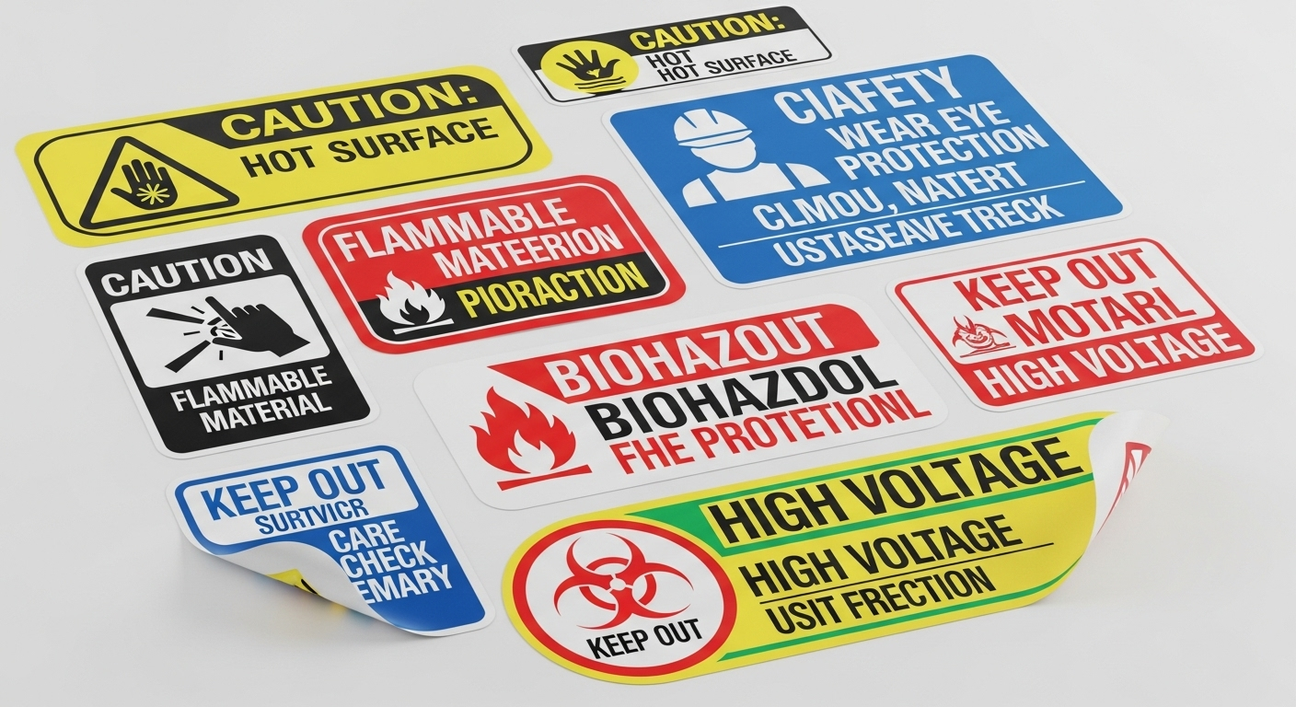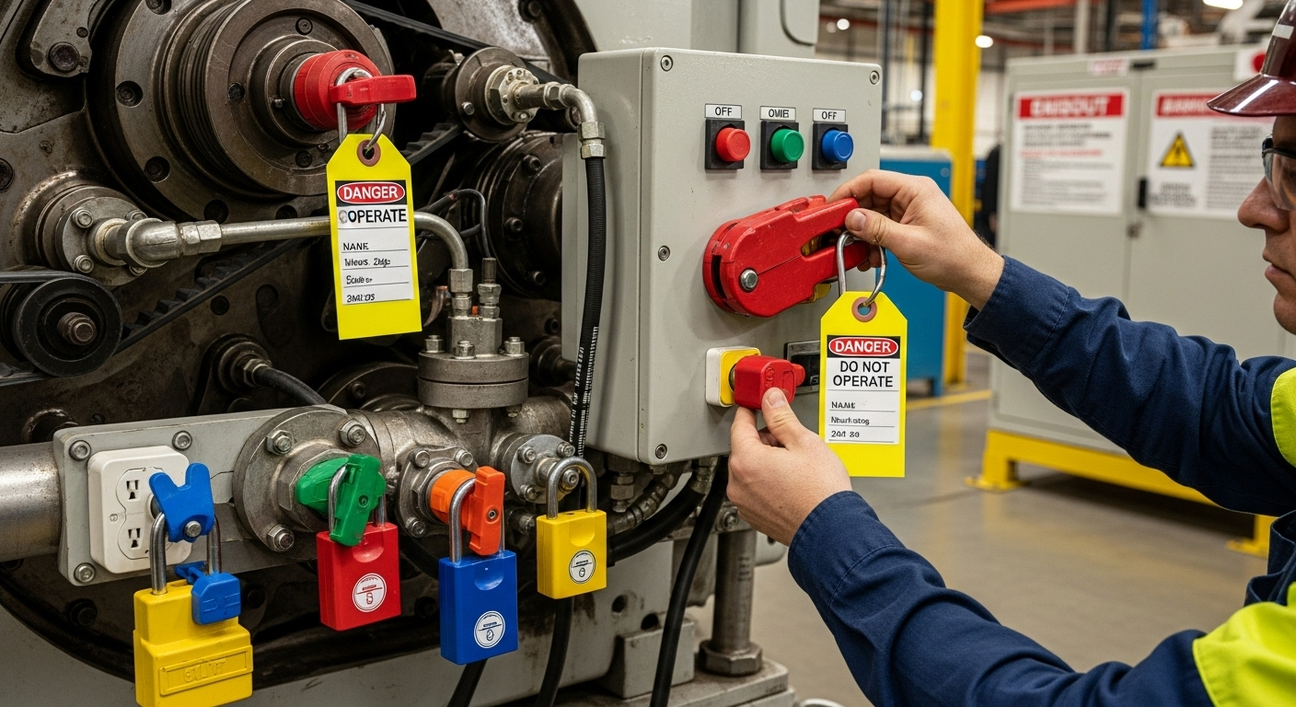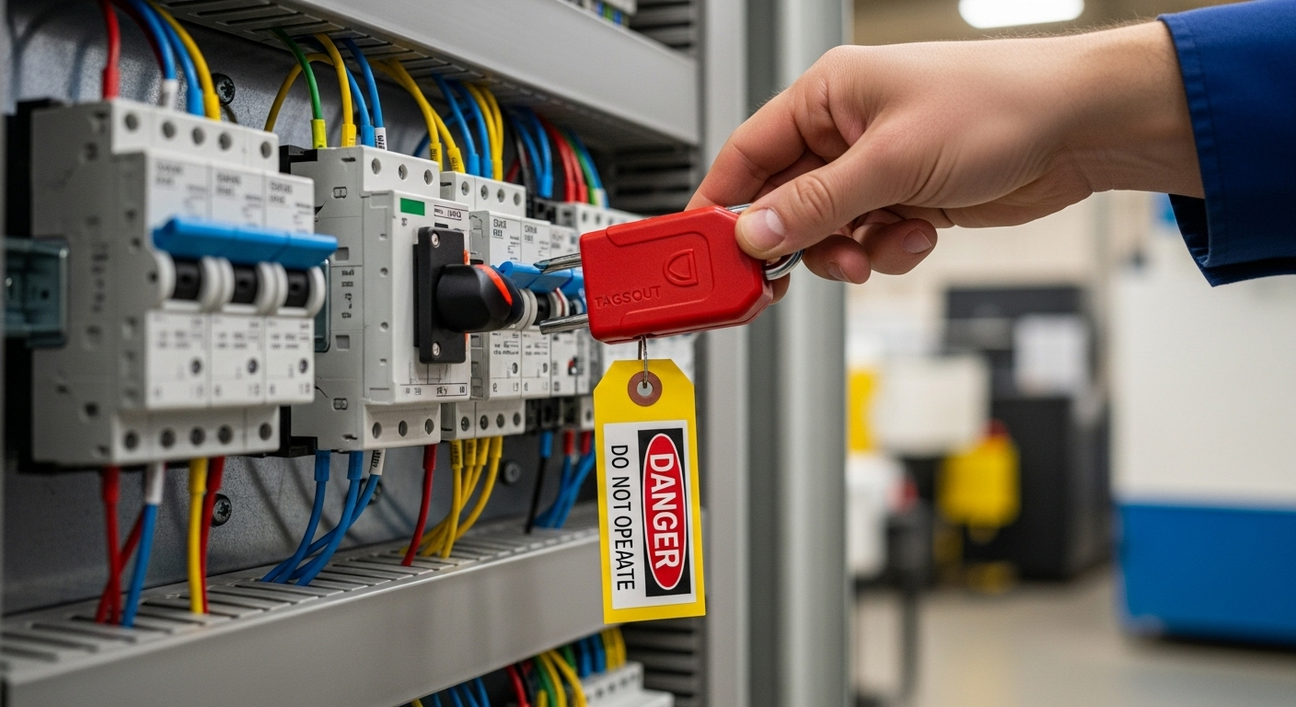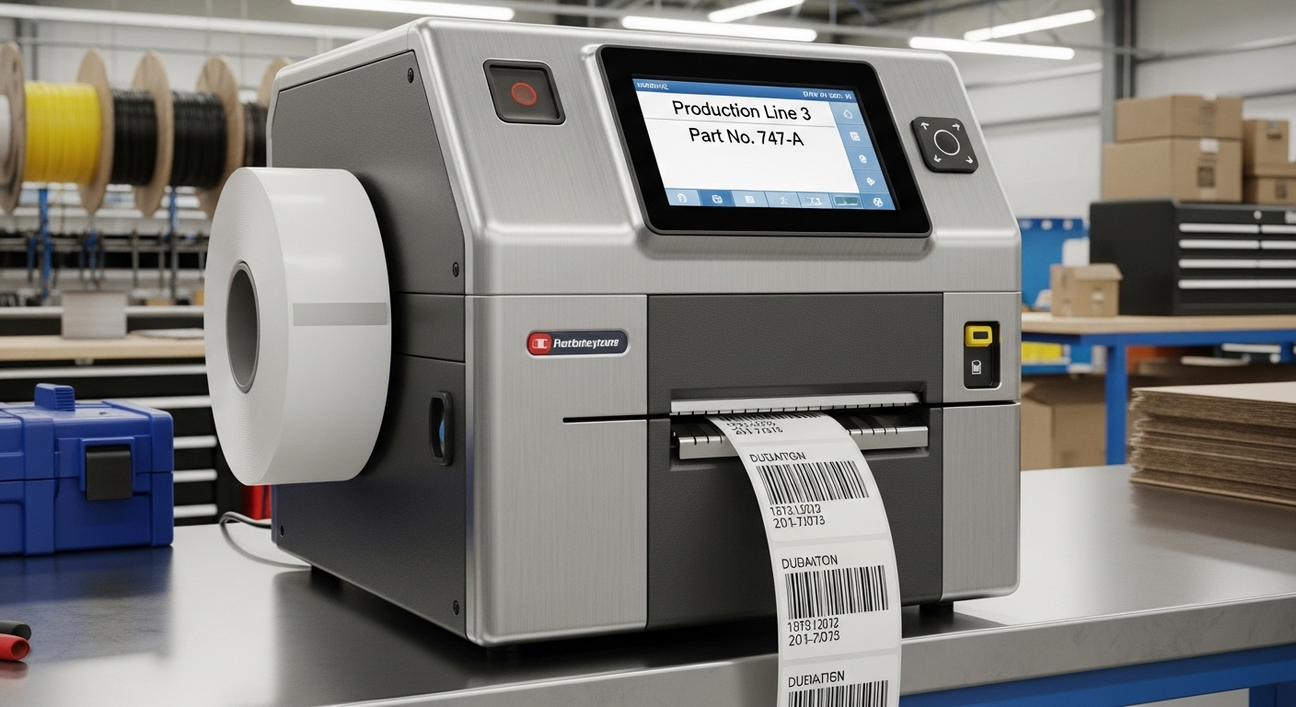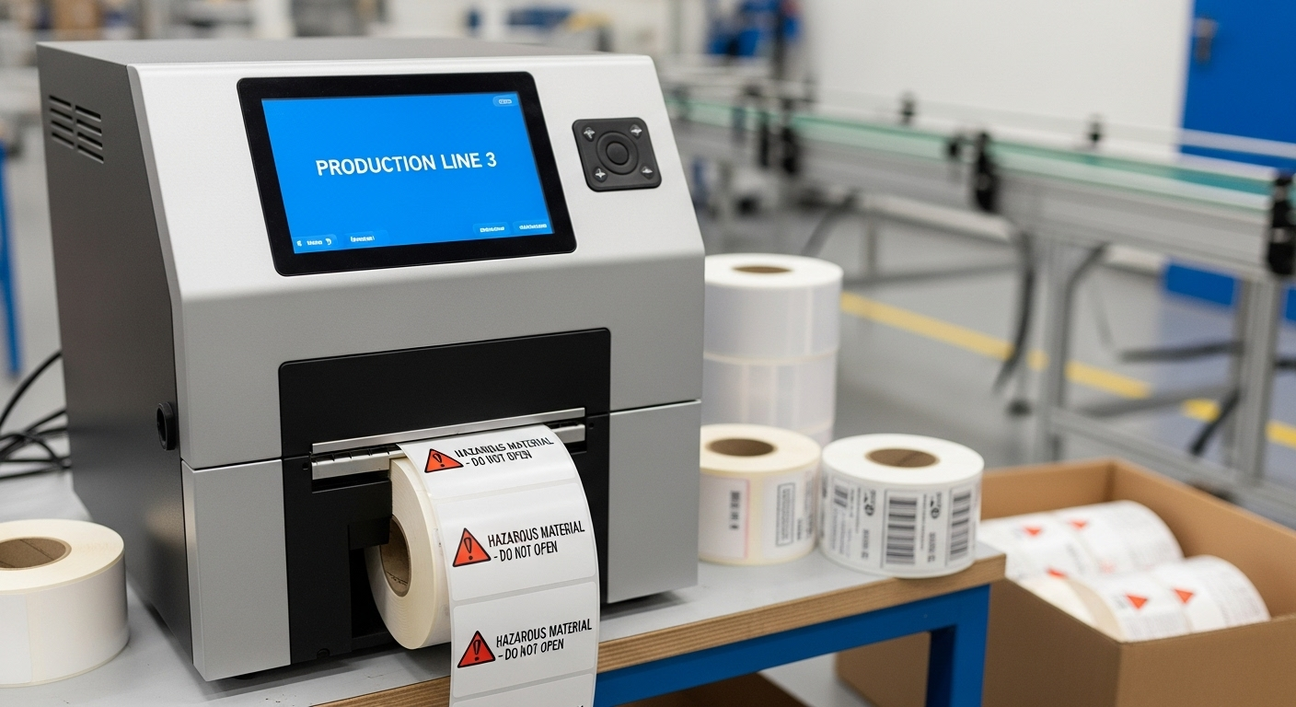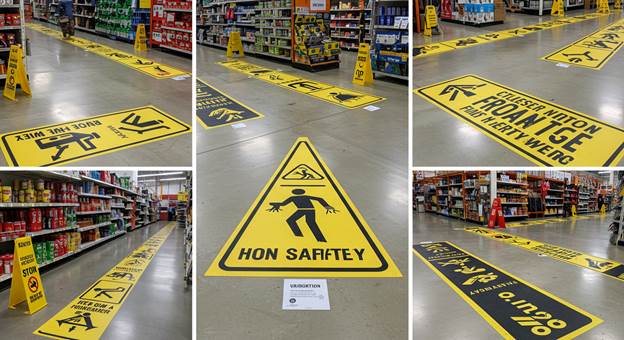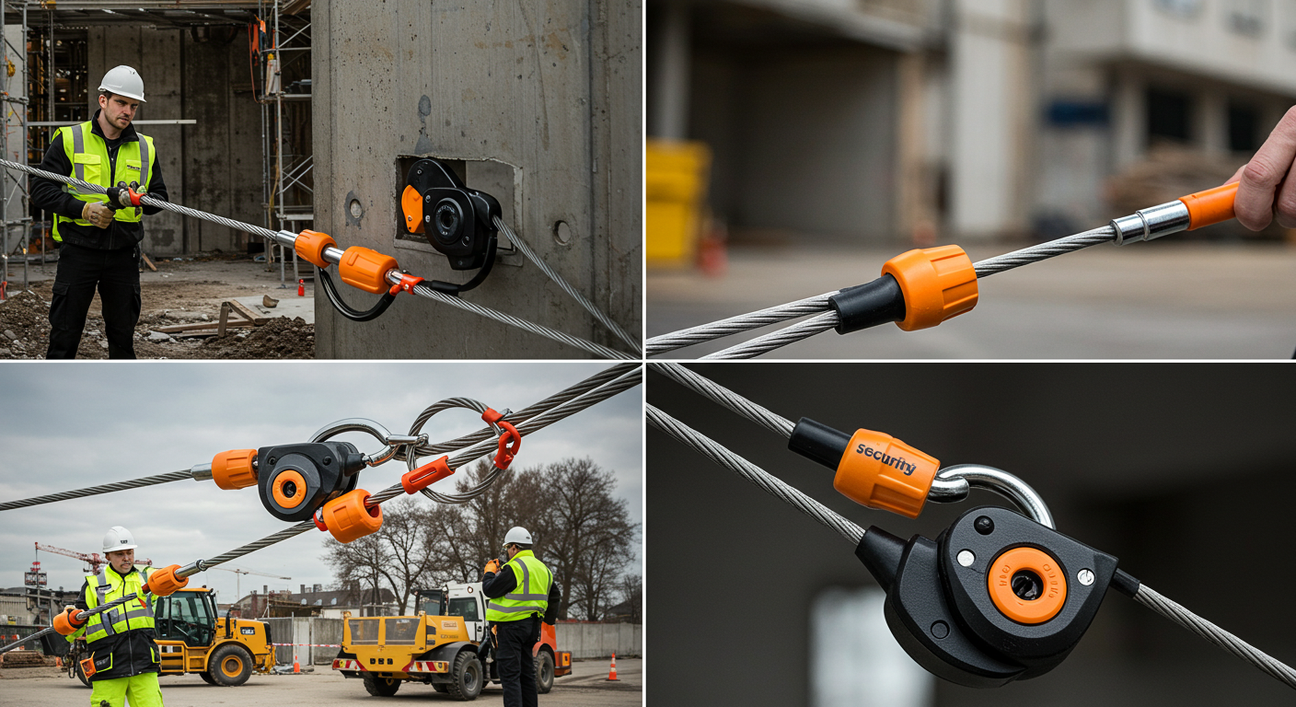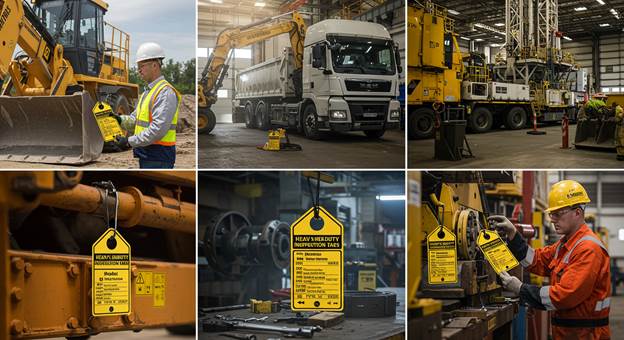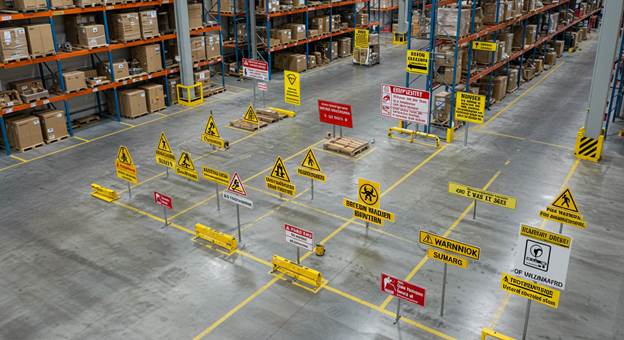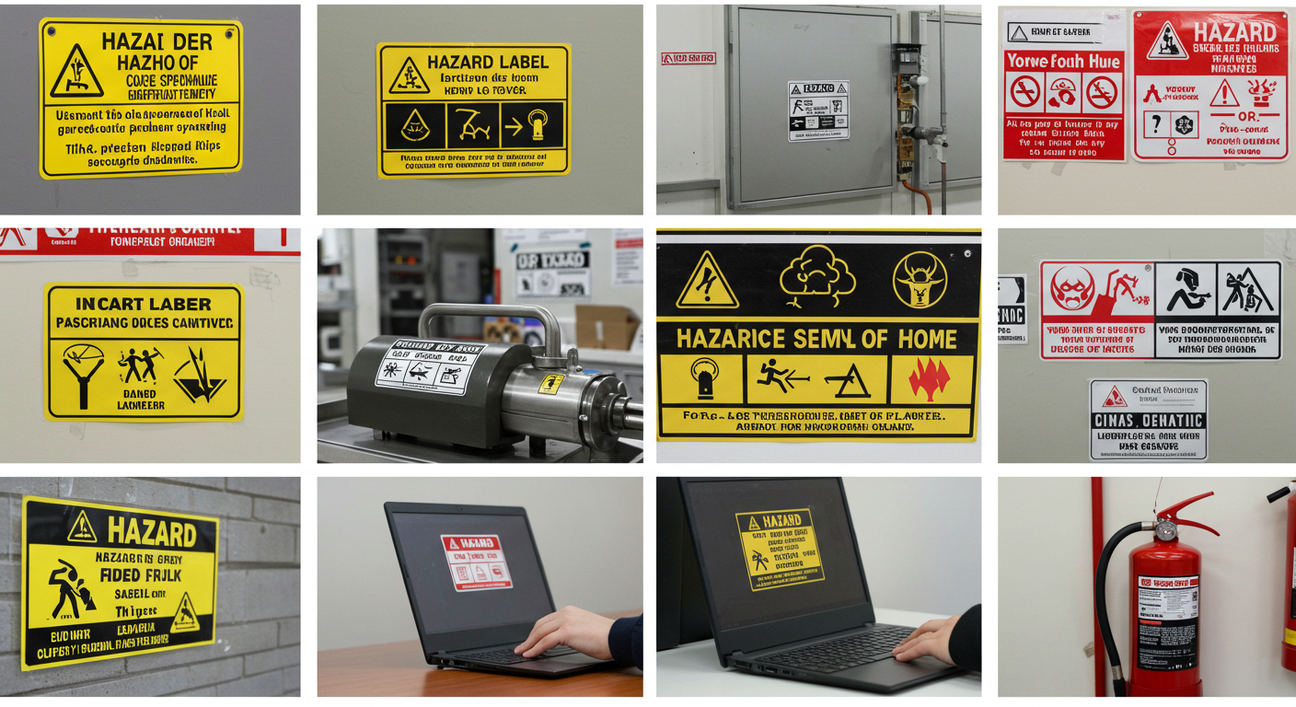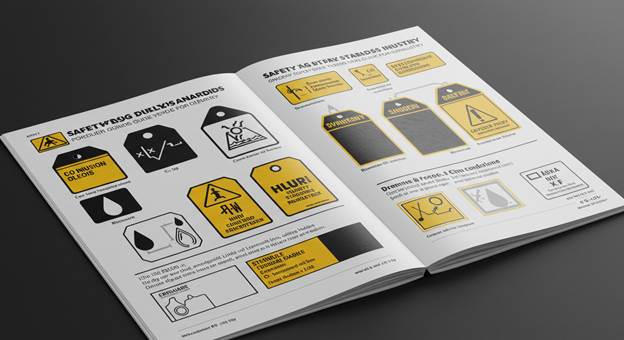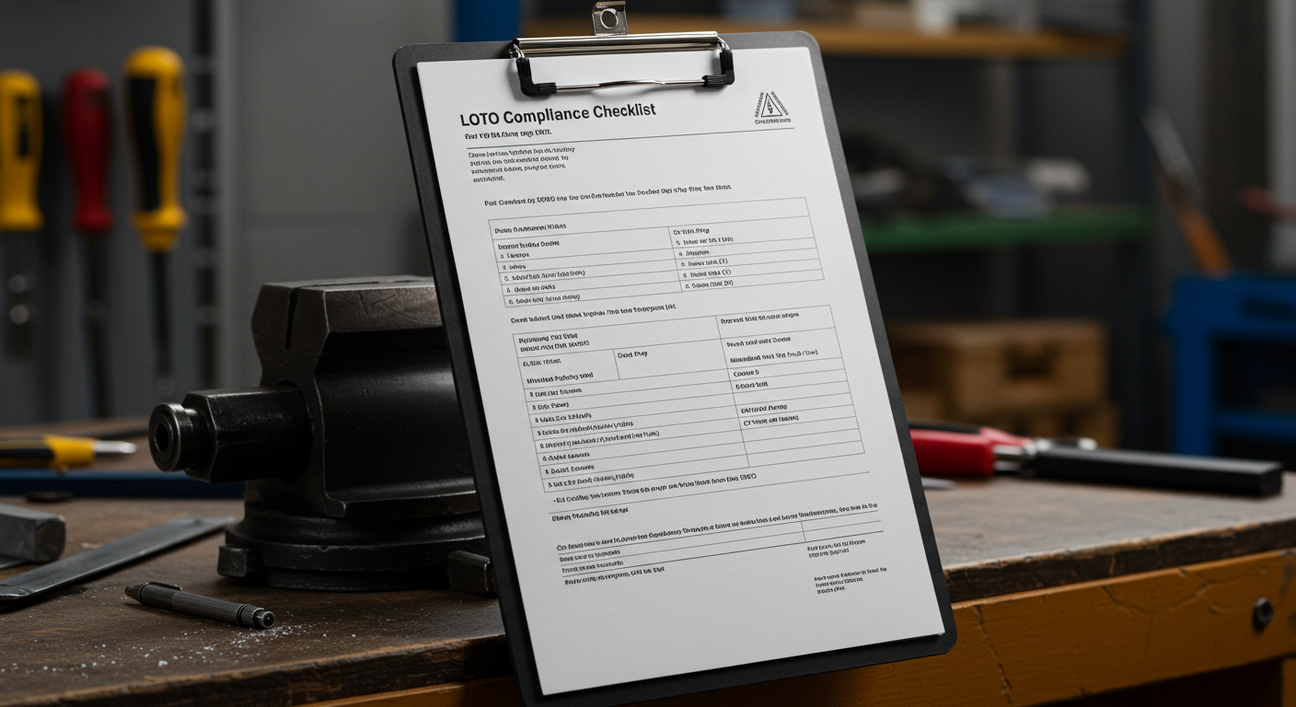Top Asset Tagging Ideas for Streamlined Inventory Control
Effective asset management is crucial for businesses aiming to optimize operations and reduce costs. One of the most efficient ways to achieve this is through a robust asset tagging system. This guide explores innovative asset tagging ideas that can enhance inventory control, improve asset tracking, and ensure compliance with safety standards.
Why Asset Tagging Matters
Asset tagging involves assigning unique identifiers to physical assets, enabling businesses to track and manage them efficiently. Implementing a comprehensive asset tagging system offers several benefits:
-
Improved Inventory Accuracy: Real-time tracking reduces discrepancies and ensures accurate stock levels.
-
Enhanced Asset Security: Unique identifiers help prevent theft and unauthorized use.
-
Streamlined Maintenance: Easy identification of assets facilitates timely maintenance and repairs.
-
Regulatory Compliance: Proper tagging ensures adherence to industry standards and regulations.
Innovative Asset Tagging Ideas
To optimize asset management, consider implementing the following asset tagging ideas:
1. Color-Coded Tags for Quick Identification
Utilize color-coded tags to categorize assets based on their status or department. This visual differentiation allows staff to quickly identify asset conditions and locations, reducing downtime and improving workflow efficiency.
2. QR Code Integration
Incorporate QR codes into asset tags to provide instant access to detailed information such as maintenance history, user manuals, and warranty details. Scanning the QR code with a mobile device can streamline asset management processes.
3. RFID Technology for Real-Time Tracking
Radio Frequency Identification (RFID) tags enable real-time tracking of assets, providing accurate location data and movement history. This technology is particularly beneficial for high-value or frequently relocated assets.
4. Tamper-Evident Tags
Implement tamper-evident tags to detect unauthorized access or alterations. These tags provide visual indicators if an asset has been tampered with, enhancing security and accountability.
5. Customizable Labels
Use customizable labels that can be easily updated to reflect changes such as asset relocation, maintenance schedules, or ownership transfers. This flexibility ensures that asset information remains current and accurate.
Common Mistakes to Avoid
While implementing an asset tagging system, be mindful of the following common mistakes:
-
Inconsistent Tagging Practices: Ensure uniformity in tagging across all assets to maintain consistency and accuracy.
-
Neglecting Regular Audits: Regular audits are essential to verify asset locations and conditions, preventing discrepancies.
-
Overlooking Staff Training: Proper training ensures that employees understand the importance of asset tagging and how to utilize the system effectively.
-
Choosing Inappropriate Tag Materials: Select tag materials that are durable and suitable for the specific environment in which the asset operates.
Leveraging Archford's Safety Tag Solutions
Archford offers a comprehensive range of Safety Tags designed to meet diverse industrial needs. Their products are known for durability and clarity, ensuring that safety messages are effectively communicated. Explore their offerings here: Archford Asset Labels Stickers
Explore the Ultimate Guide to Tagging Tips & Ideas
|
Tags |
Tips or Ideas |
|
Tips for ensuring durability and visibility in harsh environments. |
|
|
Creative and clear tag designs that enhance safety awareness. |
|
|
Innovative tagging methods for better asset tracking and management. |
|
|
Best practices for implementing a clear and effective workplace tagging system. |
|
|
Practical ideas for industrial settings, focusing on visibility and clarity. |
|
|
Ideas for scaffold tagging that ensure safety and compliance. |
|
|
How to create inspection tags that meet safety standards and improve compliance. |
|
|
Creative ideas for safety tagging to reduce hazards and improve site management. |
|
|
Key tips for effective electrical isolation and minimizing electrical hazards. |
|
|
Best practices for asset labeling to enhance inventory management and tracking. |
|
|
Innovative sticker ideas for easy identification and durability of equipment. |
|
|
Essential tips for rigging safety, including correct tagging techniques. |
Conclusion
Implementing a robust asset tagging system is a proactive step toward optimizing asset management processes. By adopting innovative tagging ideas and avoiding common pitfalls, businesses can achieve improved inventory control, enhanced asset security, and compliance with safety standards. Partnering with trusted providers like Archford ensures access to high-quality safety tags that meet industry standards.
FAQs
1. What is asset tagging?
Asset tagging involves assigning unique identifiers to physical assets, enabling businesses to track and manage them efficiently.
2. How does asset tagging improve inventory control?
Asset tagging provides real-time tracking and accurate data, reducing discrepancies and ensuring accurate stock levels.
3. Can asset tags be customized?
Yes, asset tags can be customized to include specific information such as asset type, department, or maintenance schedules.
4. What technologies are used in asset tagging?
Common technologies include QR codes, RFID, and barcode systems.
5. How often should asset tags be audited?
Regular audits should be conducted to verify asset locations and conditions, preventing discrepancies.

